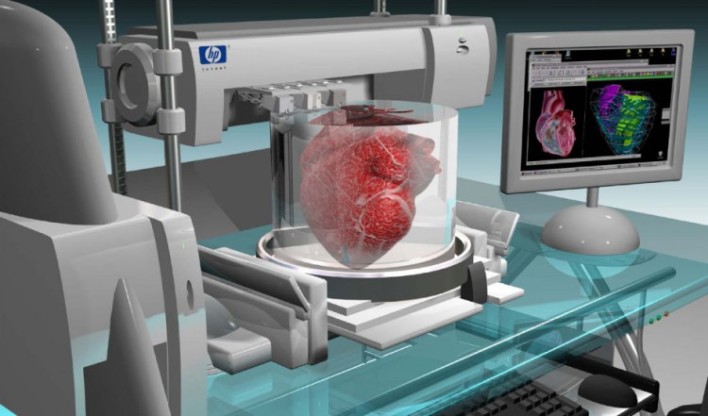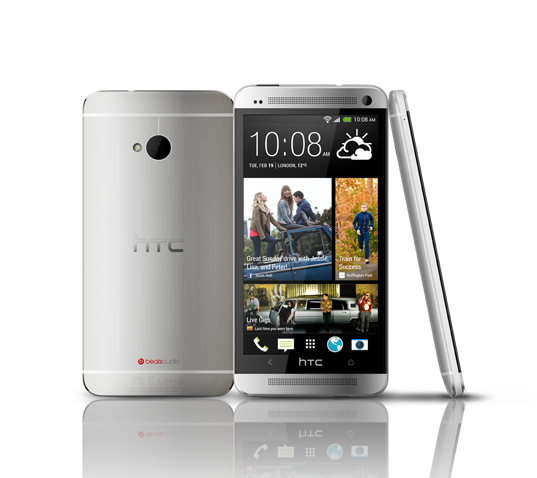Advanced Medical Technologies Of 2018
The future of healthcare is changing by the day. Advanced medical technologies are being introduced into the market, offering solutions to many of the health issues affecting millions of people across the world. These advancements are also set to usher in a new age that will improve longevity, promote healthcare education, and offer faster access to patient records for better healthcare service delivery. Here are some of the promising advancements in medical technology that will shape 2018.
Heart In A Box
The way heart transplants are carried out by surgeons has evolved over the years. Still, there are so many errors and inefficiencies that have led to so many patients losing their chance of getting a proper heart transplant. This is due to the current process used by doctors which involves the transportation of donor’s hearts in a cold solution. Sometimes, the heart gets damaged before it reaches the operating table thereby rendering it completely useless. A new process known as “warm perfusion” has been invented. The process helps keep hearts and lungs breathing while doctors try to assess the patient and complete the transplant.
Medical 3D Printing
 If so many objects including guns and car parts can be printed, why not biological matter? Scientists are working on perfecting 3D printers that will make it possible to print drugs. This invention, when ready, will transform the entire pharmaceutical industry and set the pace for a new age of medicine. With these proposed 3D printers, patients will be able to print drugs with patented molecules, right in their home. The technology will also make it possible to print bionic ears and other organs, which will help save many lives.
If so many objects including guns and car parts can be printed, why not biological matter? Scientists are working on perfecting 3D printers that will make it possible to print drugs. This invention, when ready, will transform the entire pharmaceutical industry and set the pace for a new age of medicine. With these proposed 3D printers, patients will be able to print drugs with patented molecules, right in their home. The technology will also make it possible to print bionic ears and other organs, which will help save many lives.
Augmented Reality
It takes so much time and resources to train a medical doctors. There is so much to learn and new problems are emerging every day that needs to be studied and understood, to be able to confront them efficiently. Augmented reality is a disruptive science that is changing the way doctors are learning about healthcare service delivery. It offers tools that make it possible to interact with patients’ medical reports better, which increases understanding and improves problem-solving skills. For example, there is the EchoPixel, a tool that takes data from CT and MRI scan and transform it into interactive 3-D holographic images so that doctors can view and examine patient organs as if they were physical objects.
Internet Of Things For Healthcare
Internet Of Things or IoT is a new kind of technology that is changing almost everything it touches. IoT works by connecting physical devices and other items embedded with software so that they can collect and exchange data. Medical scientists are also researching and finding ways to make IoT and GPU database useful for medical purposes to improve medical service delivery to patients. IoT is used in the healthcare system for asset management, by tracking staff, patients, and medical devices. It is also used for real-time location services to know what is going in every department and sections in the medical facility. Some hospitals use it for environmental monitoring, like checking the temperature of IT closets and refrigerators.
Qualcomm Tricorder
Proper diagnosis of patients has always been a problem. Thanks to Dynamical Biomarkers Group, the world will soon have access to a device that makes it possible to carry out specific tests that generate disease diagnosis in seconds. The sense monitors and test kits use innovative hardware, biomarker detection, and image processing to make diagnosis faster, efficient, and more accurate.
The technological advancements in medicine will help improve healthcare service. Doctors will be able to print body parts and diagnose patients faster, while patients can print drugs at the comfort of their homes.



